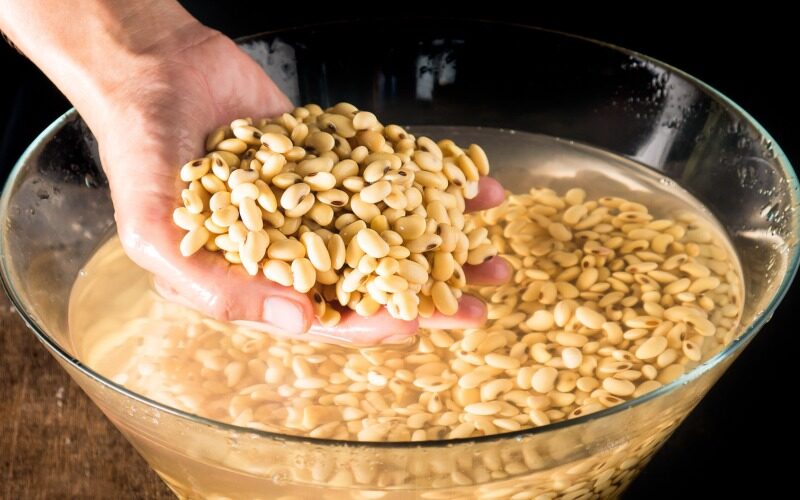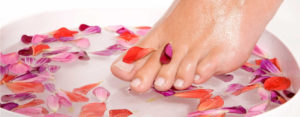Is it better to soak beans overnight or boil them?

Dried beans are cheap, easy to store, nutritious, fun to make, and delicious. With the quick soak method or overnight soaking, they will be ready to cook for any of your favorite beans dishes.
What are two common ways for soaking dried beans?
Overnight Soaking. Remove any small stones or debris from the beans by rinsing them in a colander. Place the beans in a bowl with a few inches of water covering them. Cover the bowl with a clean kitchen towel and soak the beans for up to 8 hours at room temperature, or up to 24 hours in the refrigerator. Drain the soaked beans in a colander and discard the soaking water.
Quick Soaking. Remove any small stones or debris from the beans by rinsing them in a colander. In a stockpot, cover the dried washed beans with about 2 inches of fresh water. Bring the water to a boil and boil the beans for a few minutes. Then, remove from the heat, cover, and soak the bean in boiling water for 1 to 4 hours to soften. Now, the beans are ready to cook according to your recipe.
Why do you soak beans?
Soaking beans breaks down some of the complex carbohydrates (sugar) that make them hard. While further research is needed, several studies demonstrate that this process aids in the removal of complex carbohydrates that can cause gas and indigestion.
While many believe that soaking beans save time in the kitchen, MasterClass states that some culinary experts and home cooks question the necessity of the soaking procedure, because the reduction in cooking time is negligible.
What types of beans should be soaked before cooking?
Soaking beans is totally up to you, but it may be most helpful to soak thicker-skinned beans, like kidney beans, chickpeas, or lentils. Older batches of dried beans usually take longer to cook than fresh, dried beans, so you can save time cooking by soaking them first.
Soaking beans prior to cooking is entirely optional, but thicker-skinned beans, such as kidney beans, chickpeas, or lentils, may benefit the most. Older batches of dried beans normally take longer to cook than fresh dried beans, so soaking them first may save time cooking.
My own experience soaking beans
Soaking beans is something my husband and I prefer since it lowers gas after eating certain varieties of beans. We soak and cook chickpeas, black eyed beans, and kidney beans on a regular basis. We prefer to soak them in the refrigerator overnight the night before and cook them for dinner. When we forget to soak the beans the night before, we use the pressure cooker to quickly soak them.








